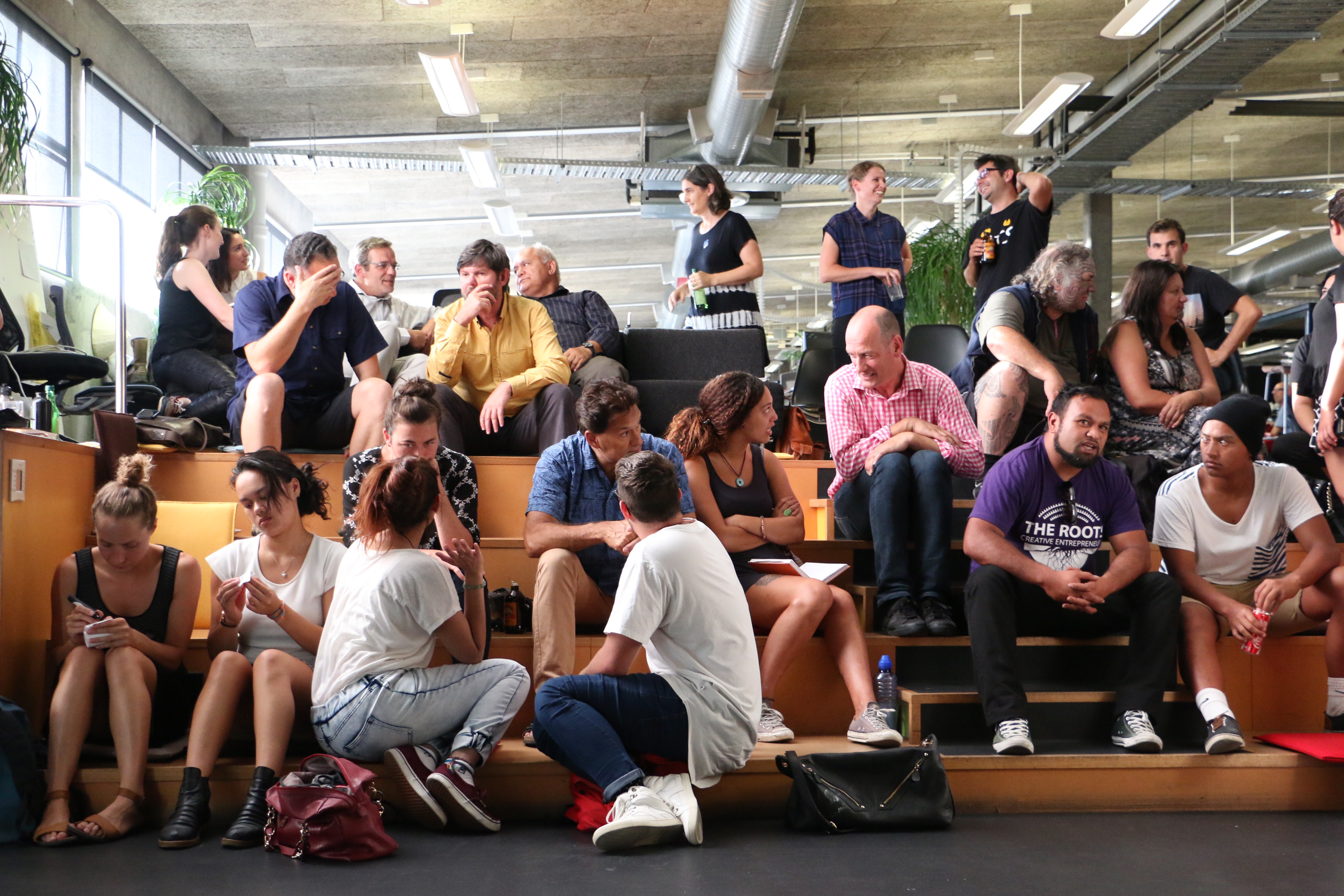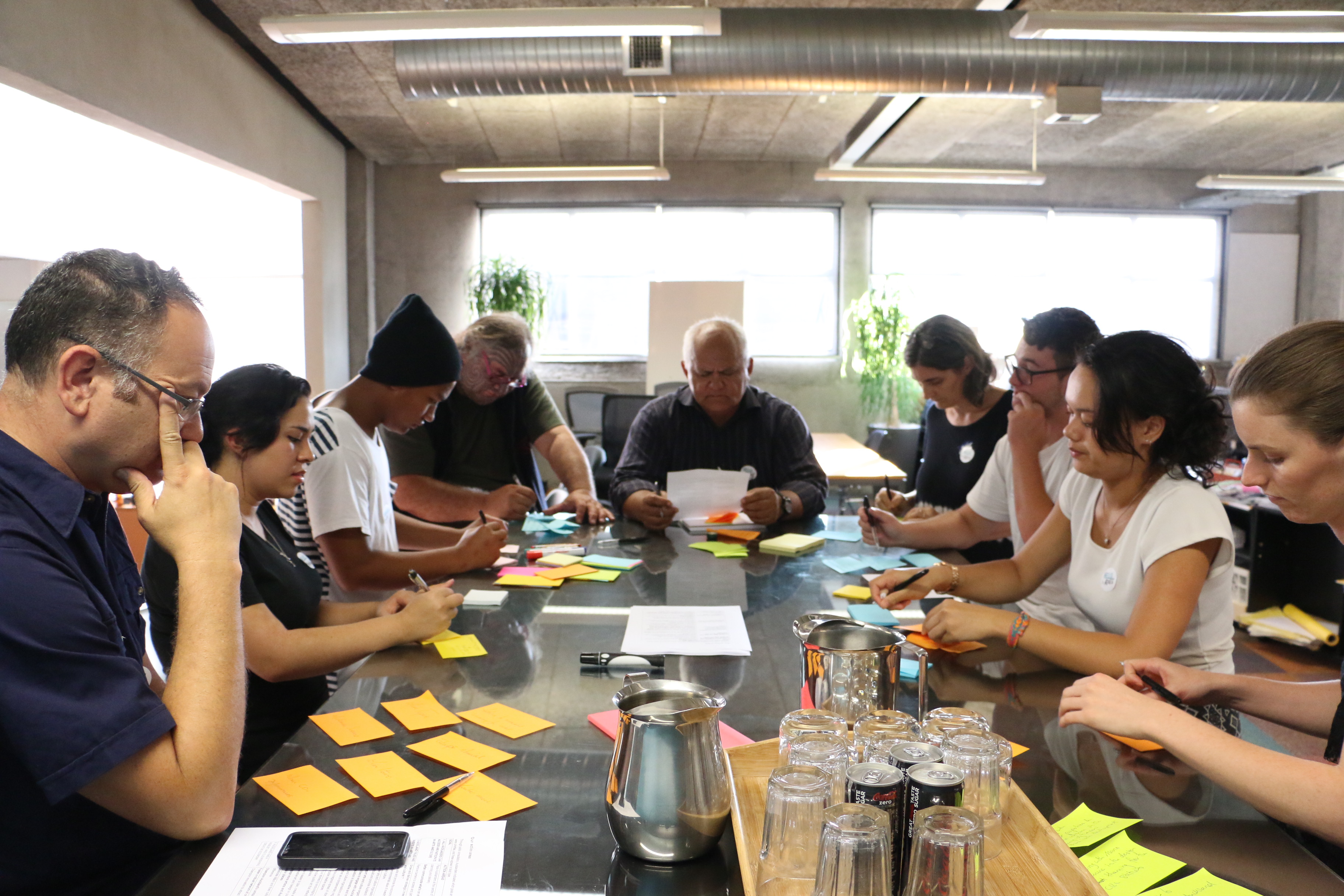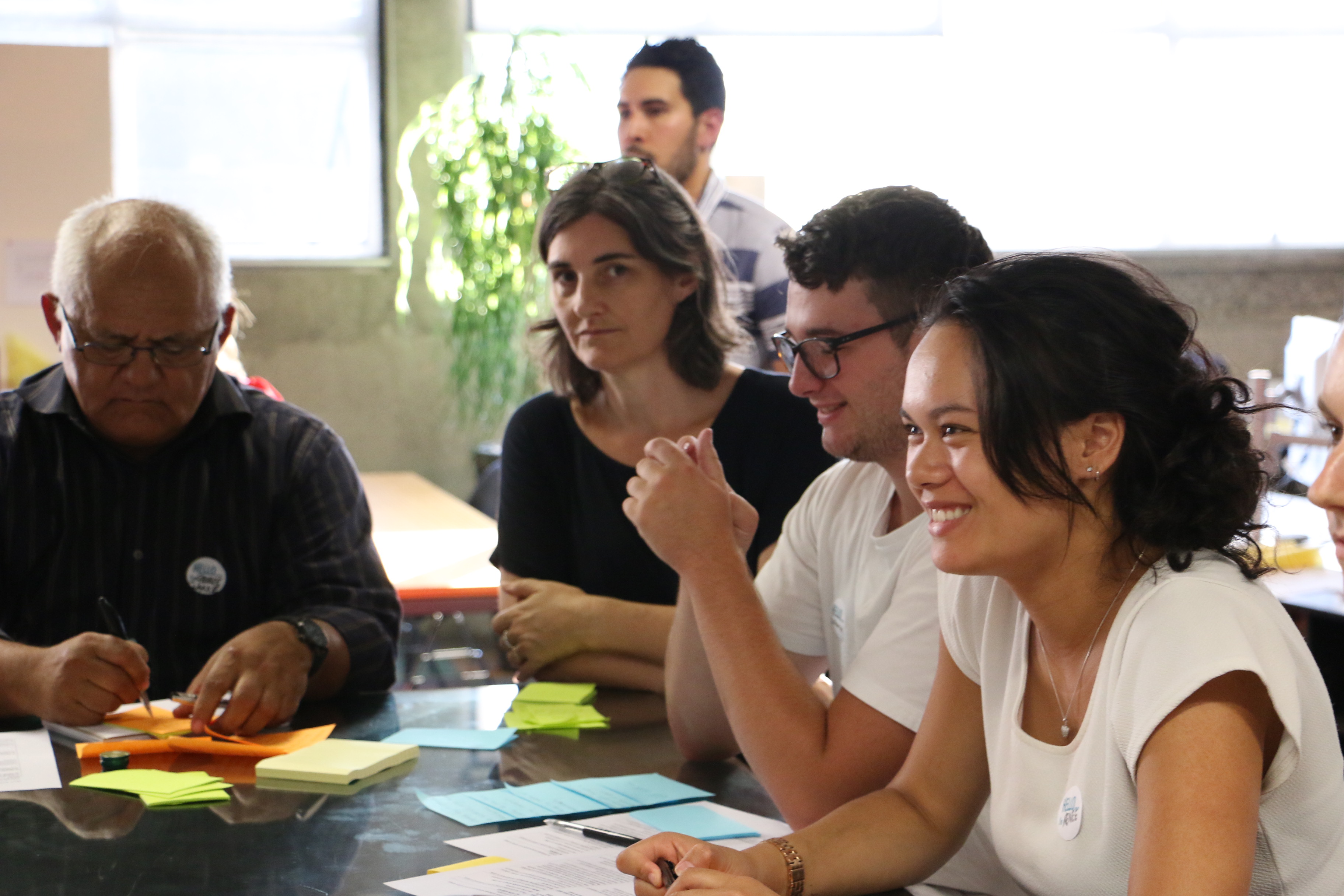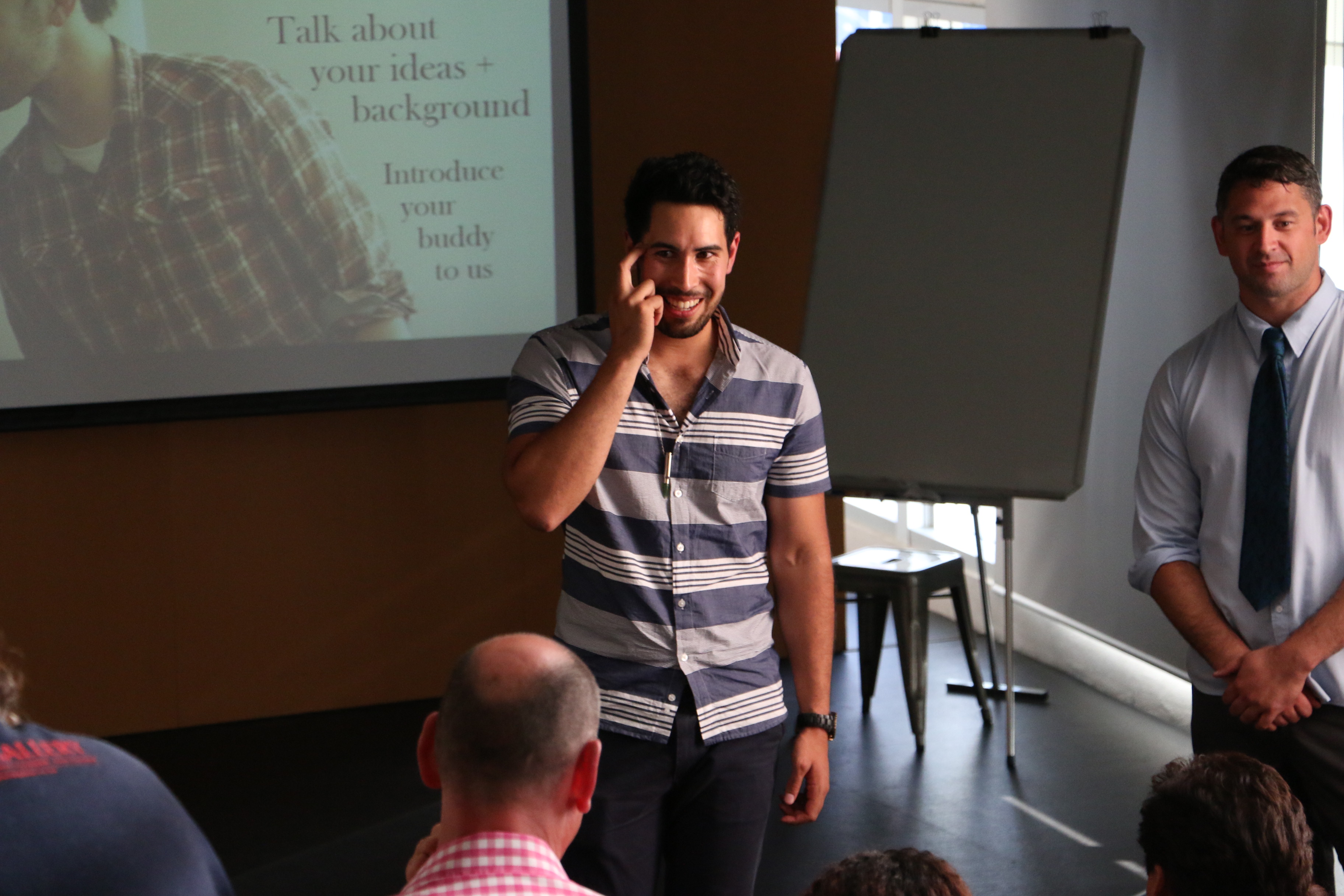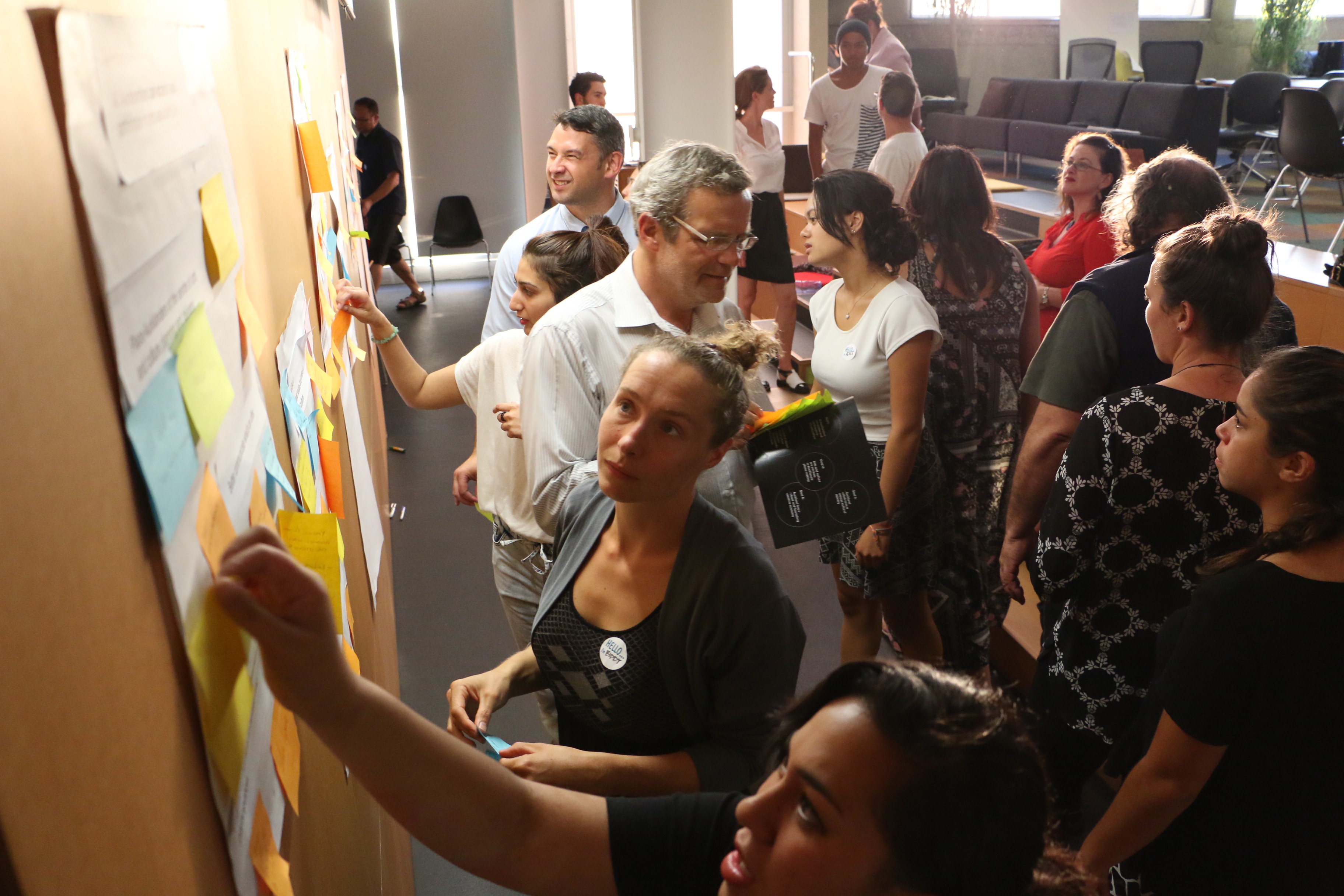Indigenous brands, Maori business, Kaupapa Growth and innovation, collaborative pilot projects, culture connection and exchange, design enabled economic, culturally enriched.
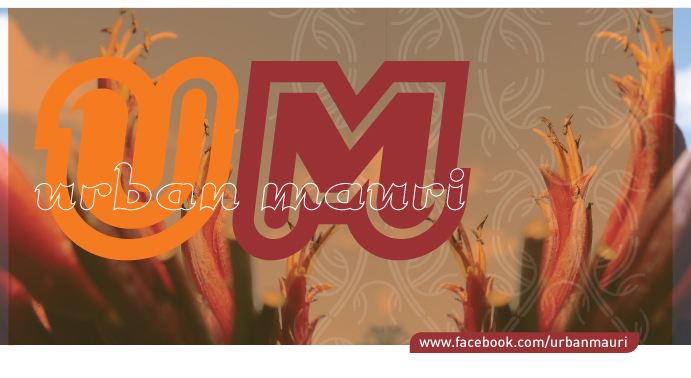
Urban Mauri Ora!
What does this look like? We aim to help build the practice of mauri generating design, arts and ecology; recognise the existing collective skills of the creative cultural community; acknowledge that people and nature are inseparable; build creative mauri generating practices in the urban context.
Sharing professional skills with iwi and the community, and sharing local knowledge with young Māori professionals and their communities is a way to enable creative urban spaces in Aotearoa.
“Tiakina nga manu, ka ora te ngahere, Tiakina te ngahere, ka ora te toi whakairo, Toku maunga, toku hi, taku ha!
Look after the birds, and the forest will thrive. Look after the forest, and the art of carving will flourish. My mountain is my sustenance and soul.” Phil Belcher, Kaiwhakairo, Kaiwhakaako
URBAN MAURI // IDEATION ON LOCATION, 2015
Tamaki Makaurau Māori Creatives wānanga series
Wānanga with Ngā Aho MCs with Auckland Council, Arts and Culture Strategic Action Plan Team:
• Where do you stand in the Tamaki Makaurau arts and culture mix?
• What can you deliver on?
• What will make a serious difference?
Brainstorm with other TM Māori Creatives: initiating new actions, generating ideas for partnership and prioritising actions in the ACSAP Plan.
SESSION 3) Tuesday 10 March; 6.00pm – 9.00pm; MANGERE ARTS CENTRE, Nga Tohu o Uenuku; 63 Orly Ave, Mangere
SESSION 2) Thursday 5 March; 5.00pm – 8.00pm (start-time 5.30pm); JASMAX, 2 Marston Street, Parnell, Auckland
http://www.jasmax.com/news/event-urban-mauri-ideation-on-creation-workshop/
SESSION 1) 9:30am - 12:30pm; Fri, Feb 20, 2015; Te Uru, Waitakere Contemporary Gallery
https://www.facebook.com/teurugallery
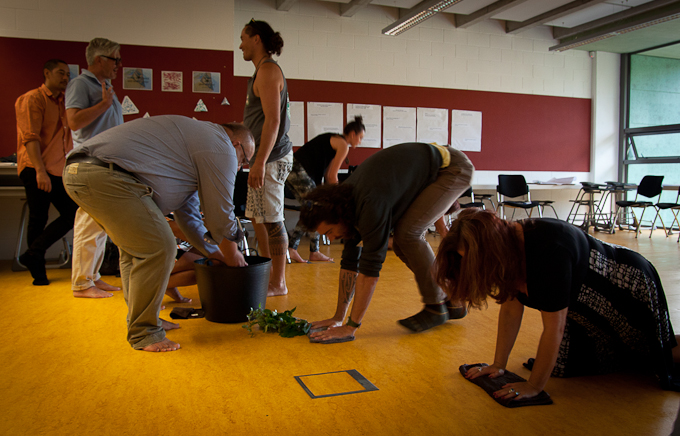
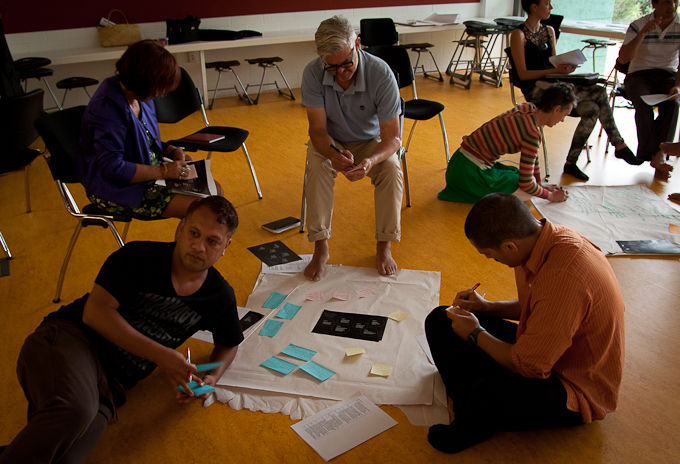

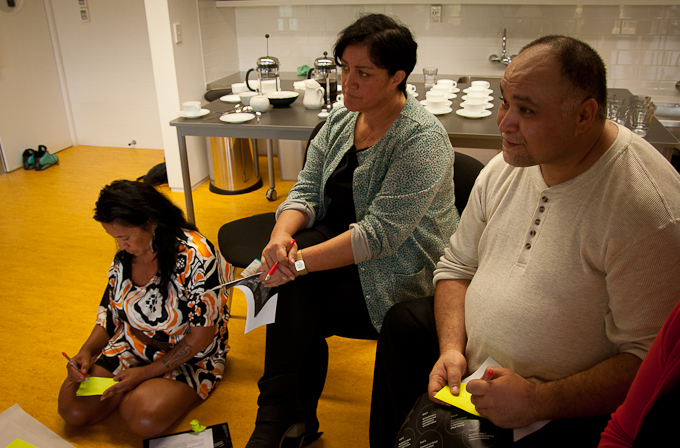
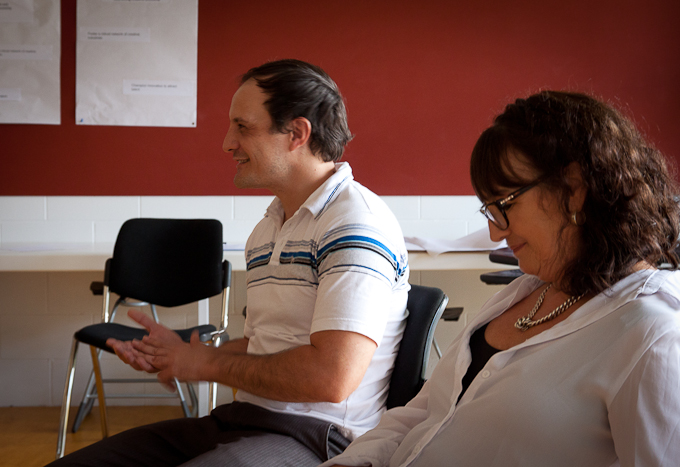
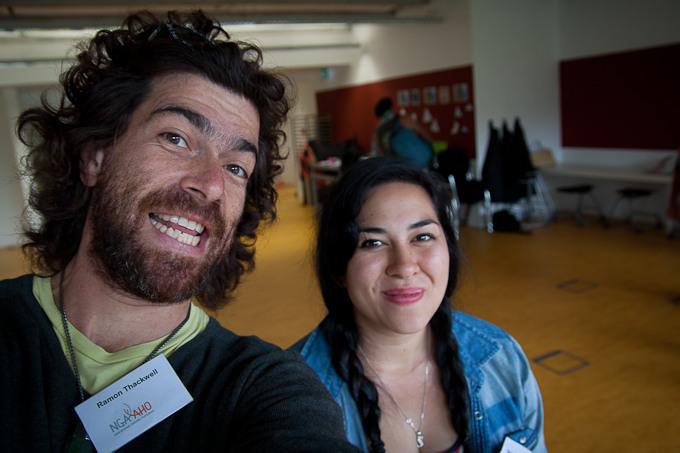
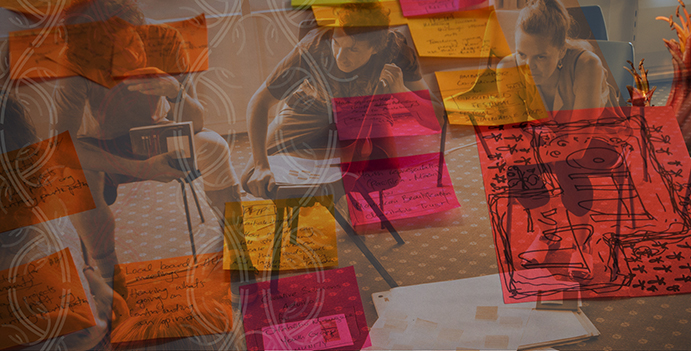
URBAN MAURI // CREATIVE ECOLOGIES, 2014
Bill Reed, Cabal, Koanga Institute & Ngā Aho
9.30am - 4.30pm, Mon 10 Nov, 2014; Blockhouse Bay Boatclub
Kai Provided. BYO workshopping tools: Pencils / Pens / Cameras / Mark-making tools / Creative Mauri Ora
BILL REED, International Thought-Leader, Architect & Systems Practice Specialist
Bill's focus on regenerative design and integrative design process is strongly aligned with kaupapa Māori approaches to the natural and built environment. Central to Bill's approach is 'essence', 'story of place', and 'pattern language' methods. He is experienced in translating 'whole system' ways of seeing and thinking into complex public and commercial project processes, to help deliver projects that are faster, cheaper, and perform far better in ecological and social outcomes. His skills, to reflect on and extend our unique design processes.
For more than two decades the core of my art and design work has encompassed deep environmental philosophies, celebrating the patterns and rhythms of nature, and people and place mythologies. One of the biggest centres for change in the 21st century will be in our built environments, our homes, villages and cities, and that’s where I put my focus. I am very optimistic about what we, people working together, can re-generate.
From understanding the loss of our cultural biodiversity and the degeneration of our health associated with industrial agriculture and industrial food processing, we have come to the clear understanding that if we are to save heritage seeds, and ultimately 'our own seed ', DNA we have to create a human ecology that is regenerative of life. That we need to step back into the coevolutionary process that we have always been part of. This is a 'design issue', with everyone who has a deep commitment to creating a regenerative way forward.
Supported by:
Auckland Design Manual
Jasmax




“Myself and my colleague thoroughly enjoyed the "Urban Mauri" Conference put on by Caroline and the Ngā Aho team. The conference allowed us to engage in an interactive forum to discuss a way to bring complicated groups together to achieve a common goal. The lead facilitator Bill Reed; was amazing. His years of experience and the formulas he provided were invaluable to what we are trying to achieve in Auckland. Our service would definitely attend another conference of this nature.”
Jason Reti-Thompson; Cultural Strand Solutions – Manager - Māori Cultural Service Providers
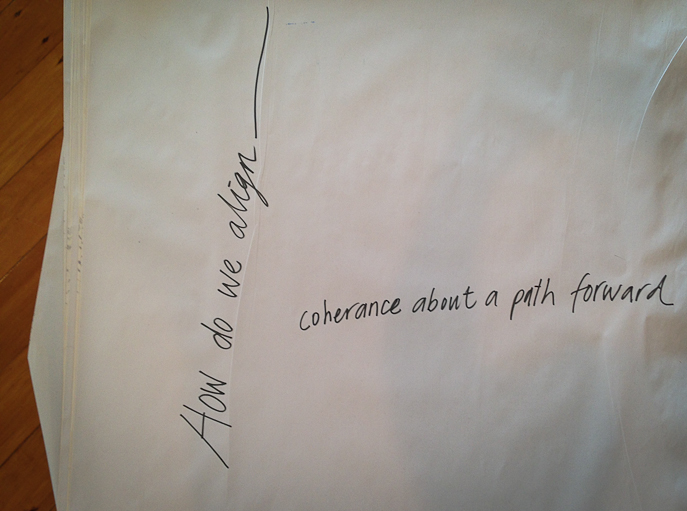

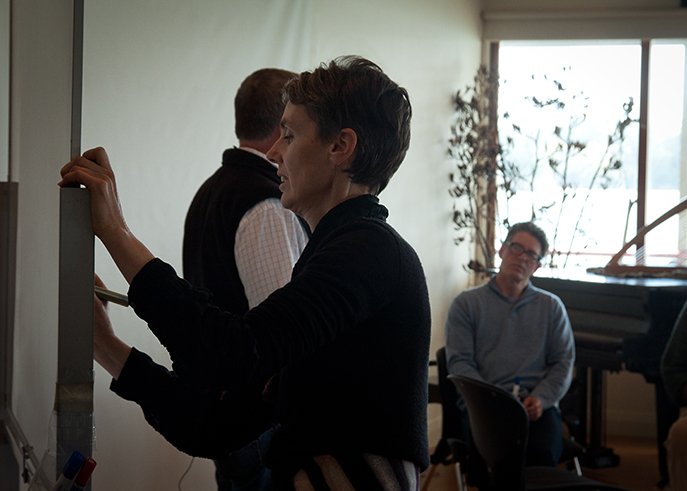
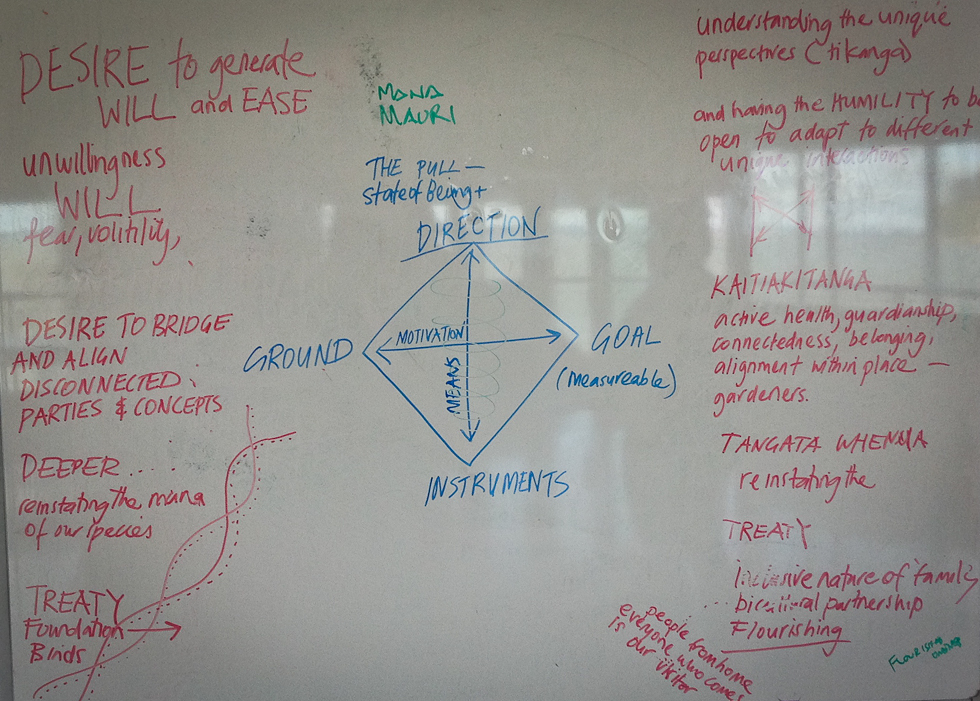
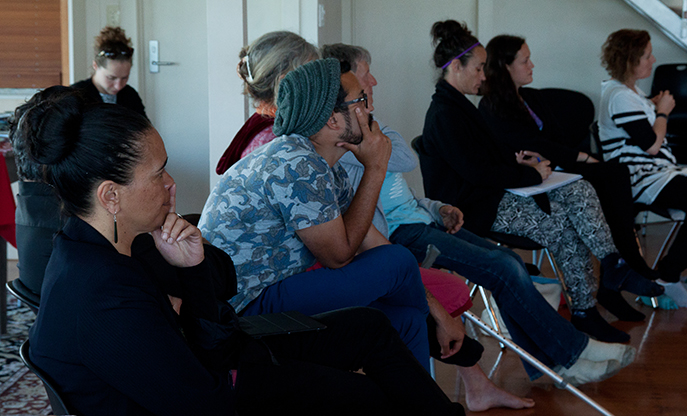
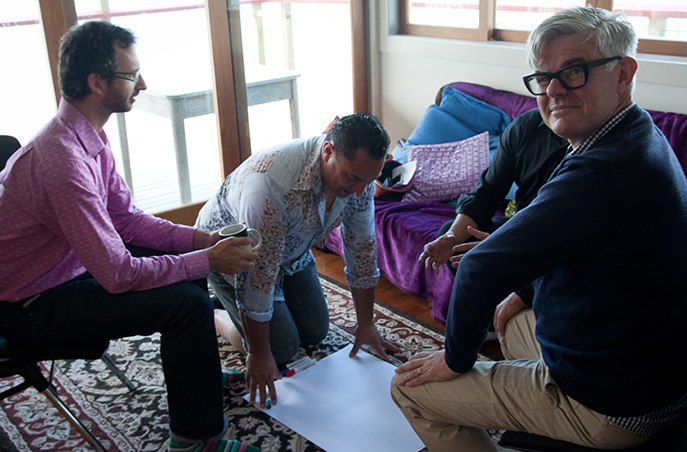
“Use of Bills tools at the wānanga successfully proved how as New Zealanders it is not merely possible but now critical for the preservation and future enhancement of our kiwiness and how our uniqueness contributes on the global stage. His tools showed us how to bridge over the plateau of bi-culturalism into new spaces where both tangata whenua (Maori) and tangata tiriti (Pakeha) partner together in sharing processes (tikanga) in all sectors.”
Steve Hutana, Director, WakaTipua Architecture Ltd

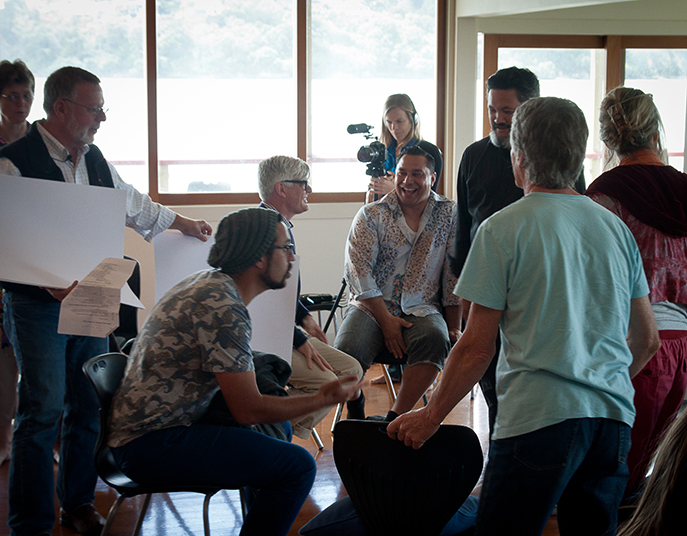
“Its a wānanga when lives change. It’s more than information. There is a creative commitment in the room.”
Tamati Patuwai; Mad Ave - Cultural Creative Practitioner, Community development


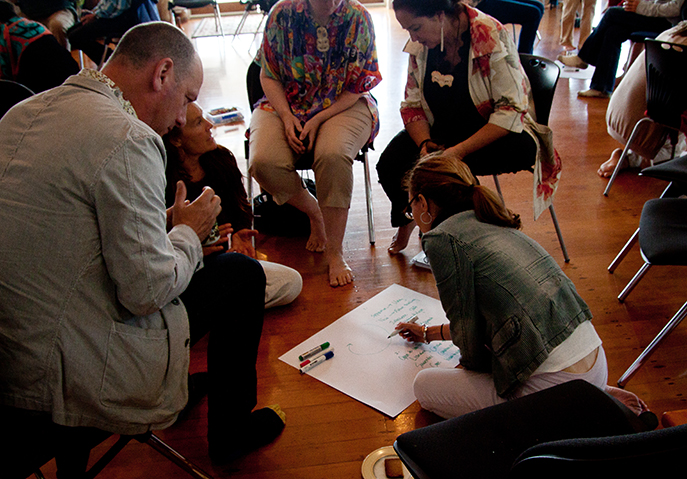
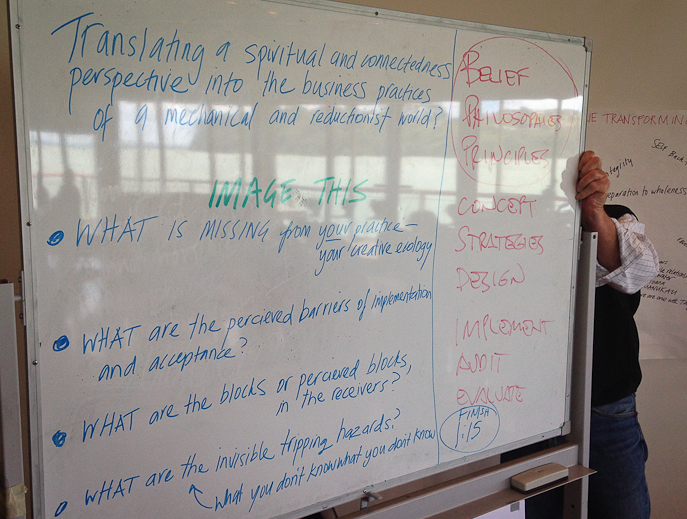
"This last week the interaction with your country and its people rank among the most significant of my life. There is a fusion occurring between the domain of practice and the domain of values and meaning. Many of the threads of the practice of architecture and a meaningful role in society are coming together in a critical mass in New Zealand. The cultural bridging that is occurring between the Maori and European cultures is unlike anything that is happening in the world. If New Zealand can pursue the development of an integrated design and building practice that fuses the spiritual connectedness of all life and the efficiencies of western technological thinking, it will lead the world into a new and more effective way of living on the planet.
To summarize the overarching message...: accomplishing higher goals requires us to change the processes we use to achieve them. Currently we are pretty much using the same thinking and design processes we have always used and then adding green technologies on top of them. By deeply integrating the processes of how life wants to work, the nature of meaning in communities, and taking the time to question assumptions and identify technical and living system synergies, it possible to be profoundly more productive. We can save capital and operating costs, regenerate life, and offer people the potential a rebirth of meaning and hope."
Bill Reed’s Reflections, New Zealand Trip – Nov 2014
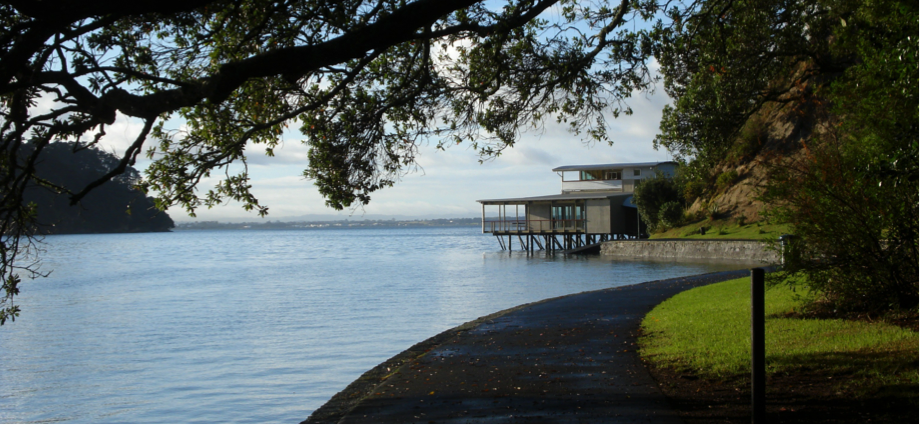
“To me it was no coincidence that we were perched in this meeting place like an ancient stilted seabird, while the tides of Manu-kau lapped at a foreshore and our meeting place encouraging the conversations that will carry us into this next place.”
Michael O'Donnell; Clayworker, Waterman, Activator
